The idea of ‘relaxing’ may sound simple, but in busy modern life, many people don’t really know how to relax.
Lots of the things we do in the name of relaxation actually increase brain stimulation and raise stress hormones — including activities like watching TV, browsing the Internet and scrolling through social media.
And we spend so much time working, rushing around, and tapping into online networks that if given a comfortable but technology-free room and an hour to ‘relax’, we’re more likely to sit there anxiously twiddling our thumbs than to relish the opportunity to settle into a deep state of relaxation.
That’s where Satyananda Yoga Nidra comes in: a simple but deeply powerful way to truly relax.
A Word For The Sceptics…
To the uninitiated, Yoga Nidra may sound a little too alternative to be genuinely effective.
But it has been prescribed — with extremely positive results — as a method for managing a number of psychosomatic health conditions, and importantly, has been proven to induce deep relaxation, relieve stress, and improve sleep.
So What Is Yoga Nidra?
In the Satyananda tradition, Yoga Nidra is a methodical system for bringing the body and mind into a deep, peaceful, healing period of relaxation.
Usually practised while lying on your back, the stages of Yoga Nidra follow pathways within the brain to release physical, mental and emotional tensions.
There is an understanding that each of these three types of tension are closely related, and that tension in one area can lead to symptoms in another area; for example, mental stress might lead to digestive problems (1).
As you enter a Yoga Nidra practice, you’ll be guided into a heightened sense of body awareness which then brings about an altered state of consciousness.
The brain is held, for an increased length of time, in an electrical pattern characterised by alpha waves; this means that the brain is hovering on the borderline between being awake and being asleep.
You know that feeling just before you fall asleep when you’re really relaxed but somehow have a wonderful sense of clarity?
In yoga, it’s thought of as a kind of ‘superconscious’ state. And in Yoga Nidra, you extend the time that you spend in that state.
Why Do It?
This deeply relaxed clarity allows you to become aware of feelings and sensations, and to observe them without the judgements with which we often look at ourselves.
Over time, this can help us to break habits and behavioural patterns that don’t support us in the way we want to live our lives.
And in the short term it makes you feel better, stronger, joyful and rejuvenated — and more able to face the obstacles you come up against day to day.
It’s simple, and any body can do it. No twisting or contorting into complicated postures: just lying down, listening, and remaining aware as you mentally follow the instructions.
It's the one yogic practice that should be incorporate into everyone’s day!
The practise of Yoga Nidra and more meditation practices will be incorporated into my upcoming Embrace The Stillness Within You retreat at Kenthurst NSW from 13 - 17 October. Have a sneak peek at the retreat itinerary by clicking here.
If you prefer to experience meditation in the tropics, consider joining next year’s Relax, Rejuvenate, Rejoice! retreat in Bali, Indonesia, from 24 May - 30 May 2025. Click here to learn more.
References
1. Sannyasi Mantradharma. 2015. Yoga Nidra: The Art Of Letting Go in Australian Life Yoga Magazine. Website: http://ayl.com.au
PS: If you enjoyed this blog click the like button below then share it with those you care for who can also enjoy and benefit from it. 😊

